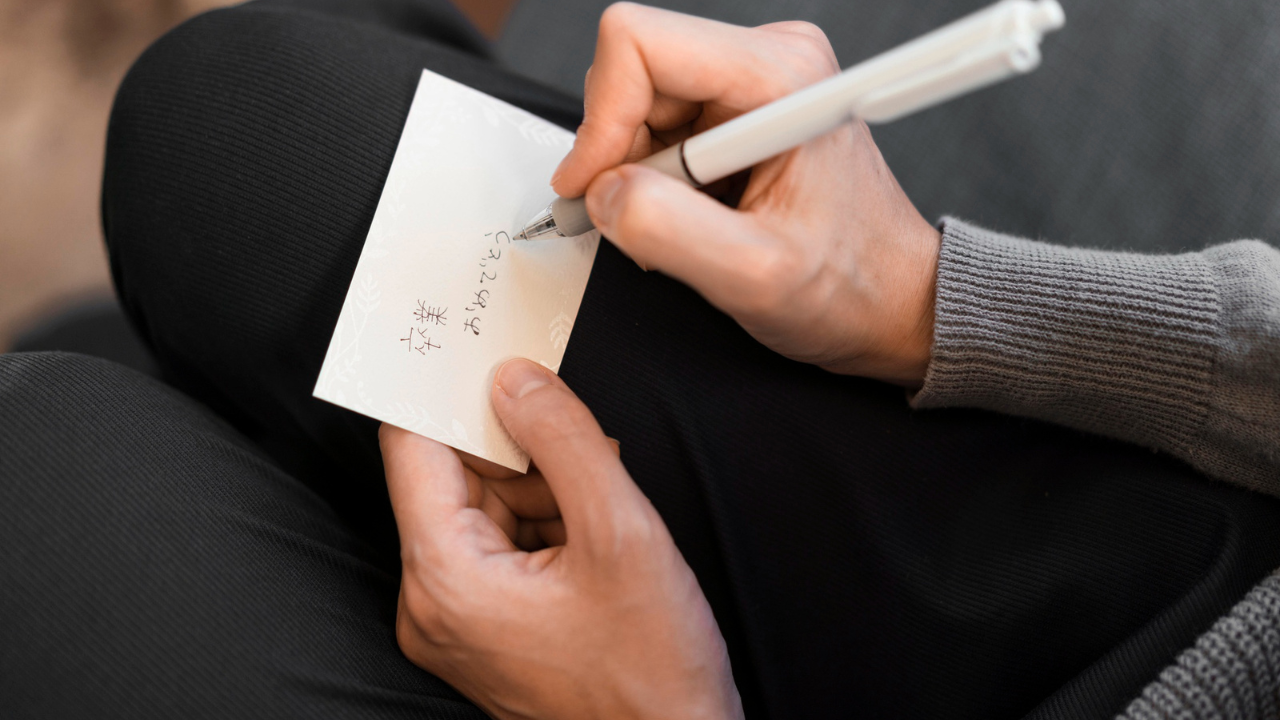Table Of Contents
Understanding The Value: What Makes An Autograph Worth Collecting?
Last Updated on: August 19th, 2025
There’s just… something about autographs. I don’t know, maybe it’s the idea that someone famous, someone you admire, actually held the same paper or photo and signed their name.
It’s kinda surreal, like you’re holding a tiny piece of them. But here’s the thing: not all autographs are worth a ton of money.
Some? Just cool to have. Others? Can be insanely valuable.
In this blog, we are diving into actually learning about autograph collecting! We will discuss things like:
- Rarity
- Authenticity
- Condition
- Historical significance
- Impact of market trends
So, what makes one autograph worth big bucks while another’s just… meh?
If you’re collecting or thinking about it, it’s good to know what makes one signature more valuable than the next. It’s not always what you’d expect.
Rarity And Demand: The Cornerstones Of Value
Let’s keep this simple: if something’s hard to find, and lots of people want it, it’s gonna cost more. That’s the whole game.
Take celebs who’ve passed away. Chadwick Boseman, Carrie Fisher, there’s no chance of new autographs ever again. So yeah, their signatures get more valuable over time. Makes sense.
Then you’ve got people like Harrison Ford, who’s just not into signing. Like, seriously, try getting him to autograph anything; it’s like pulling teeth.
So, when he does sign something? That’s a big deal. Way harder to get than, say, someone who signs stuff at every comic con.
Also, pop culture waves totally affect value. When a new Marvel movie hits, boom, suddenly everyone wants that actor’s autograph. Same with Star Wars, Harry Potter… whatever’s trending.
And it is not just about the actors, even! Think about the sports legends. Once the player hits a career or maybe a particular milestone, that is exactly when the photography interest spikes.
Oh! We cannot just forget about the musicians, right? Maybe the ones who only toured for a short period. Good luck finding those signatures later on for autograph collecting!
Authenticity: The Non-Negotiable Factor
Okay, here’s the part that trips up a lot of people. Fakes are everywhere. And not just bad ones, some look legit.
There are those annoying autopen signatures, where a machine does the signing. Or straight-up forgeries. It sucks, but it’s reality.
That’s why getting stuff authenticated is huge. There are pros who study ink patterns, how the pen pressed into the paper, stuff like that. Stuff you and I wouldn’t notice.
If you’re buying an autograph? Make sure it’s from a trusted place. Or even better, get it in person. Oh! And a COA (certificate of authenticity)? Super helpful when it comes time to sell or just prove it’s the real deal.
Some collectors even like to use video proof. They prefer filming the person signing. So, there is zero doubt in authenticity. In this high-end market, this evidence can add serious value to it.
Condition And Presentation Matter
You’d think a signature’s a signature, but nope. The way it looks and what it’s on? Matters.
A clean, sharp signature is always better than one that’s faded or smudged. Like, no contest.
And what it’s signed on matters too. An autograph on a movie prop or jersey is way cooler than one on a napkin or scrap of paper, right?
Framing makes a difference, too. You see an autograph all nicely framed with a photo or little plaque or whatever, it just feels more special. People notice that stuff.
On top of that, what is the way you are using it to keep it in good condition matters long-term.
UV protection glasses, acid-free paper, or proper storage can help you keep the signature look fresh for decades.
A beat-up will lose its charm, no matter how rare that is. And TBH, we don’t want that, right?
Historical Significance Or Story Of Autograph Collecting
Here’s where it gets kinda fun. Sometimes it’s not just the signature, it’s the story behind it that makes it valuable.
Maybe someone got a signature at a major event or right before something big happened. Maybe it’s a signed letter tied to a historical moment. Stuff like that? Gold.
Collectors love a good backstory for autograph collecting. Especially if you’ve got proof, like photos, dates, or a paper trail showing exactly where it came from. That’s called provenance, and yeah, it matters a lot.
For example, a Michael Jordan autograph is cool. But a Michael Jordan autograph on a game-worn jersey from the ’96 NBA Finals?
That’s next-level valuable. The same goes for politicians, authors, and historical figures; context can make a signature priceless.
Market Trends And Investment Potential
So, this might sound weird, but Autograph collecting isn’t just a hobby anymore. For some people, it’s a legit investment. Like, Wall Street vibes, but with signatures.
If you spot a rising star early, an actor, athlete, whatever, you might be able to snag their autograph before they blow up. It could be worth a lot more later.
Or maybe you’re into the old stuff. Classic Hollywood, rock legends, vintage sports stars. That kind of nostalgia never really goes out of style. People will always want it.
There is something I want you to keep in mind! Like any investment, markets can shift. What’s hot now might cool later, and vice versa.
That’s why seasoned collectors follow auctions. They follow fan trends and even pop culture news to know when to buy or sell.
Final Thoughts
Look, autographs aren’t just about money. For a lot of folks, it’s about that feeling of being close to someone they admire.
So, autograph collecting? A connection. A little slice of history you can hold. But yeah, if you are thinking long-term value, the big things to focus on are rarity, how good the signature looks, whether it’s real, and how “relevant” the person is in pop culture.
Those are the heavy hitters.
At the end of the day, collecting is personal. Whether you’re doing it for the memories, the money, or just the thrill of the hunt, it’s worth knowing what gives an autograph its value. Helps you make smarter choices… and maybe score something truly special.














